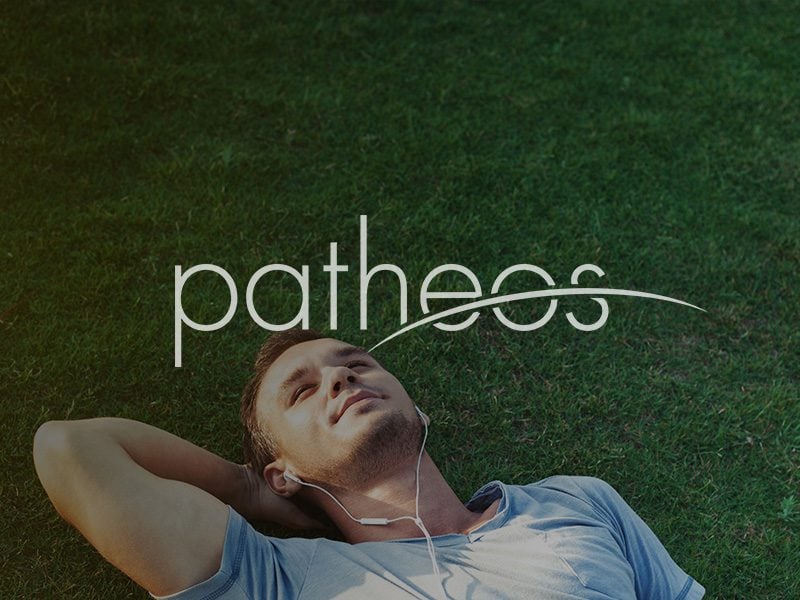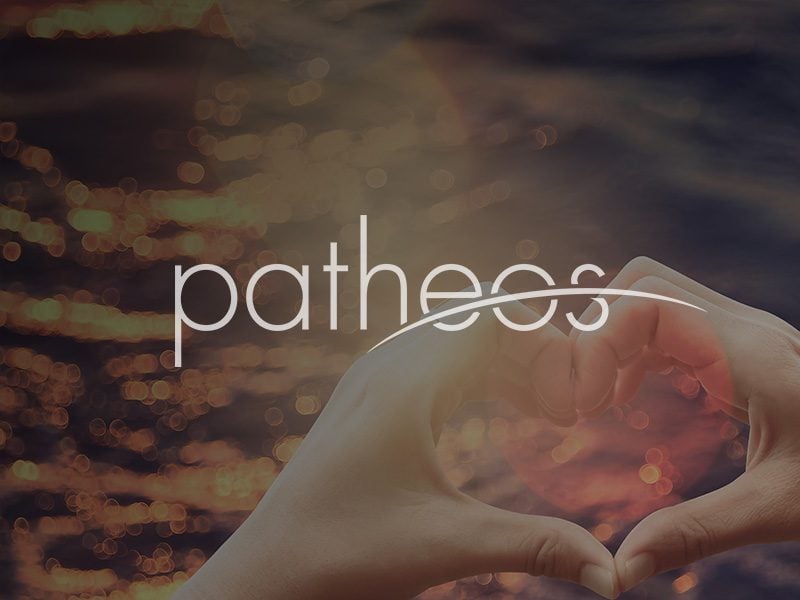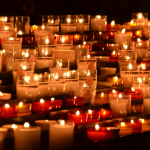Dear Rabbi Rami,
What are the meanings of tallit and kippa, and what does it feel like to wear them?
First let me say that I am wearing a kippa (yarmulkah, skull cap) at the moment as I am about to lead a Shabbaton. I always were a kippa when I lead workshops and retreats as a reminder that there is something greater than my egoic self. And while I used to where a kippa all the time, I no longer do so. Here’s why:
Years ago when I lived in Los Angeles my wife and I were about to eat falafel at a vegan restaurant in an Orthodox neighborhood of LA. We were sitting in the outdoor section of the restaurant close to the street. As the food was brought to our table an elderly Orthodox woman began scream to us from across a very busy road. Dodging cars at the risk of her life, she raced over to us to warn us that the restaurant, while vegan, lacked a heksher, a rabbinic license certifying it as kosher. Lack of license didn’t bother me–the restaurant was vegan after all–but this woman had risked her life to “save my soul” and all because I was wearing a kippa. So I thanked the woman, waited for her move on, removed my kippa, and ate my lunch. I never put it back on, and most often opt for a baseball cap or other hat instead.
Still I find covering my head a good reminder of the greater truth of which I am apart.
The same is true of wearing a tallit. While I own and use the narrower prayer shawls at times, it is my larger wool tallit (designed and blessed by my rebbe Rabbi Zalman Schachter Shalomi) that I find the most powerful. Wrapping myself in a large tallit reawakens the comfort I felt as a newborn wrapped in swaddling clothes and rocked in my mother’s arms. The tallit reminds me of being wrapped in the Divine Mother, and carries with it a sense of safety and love.
I cannot recommend wearing kippa and tallit enough for both men and women.











